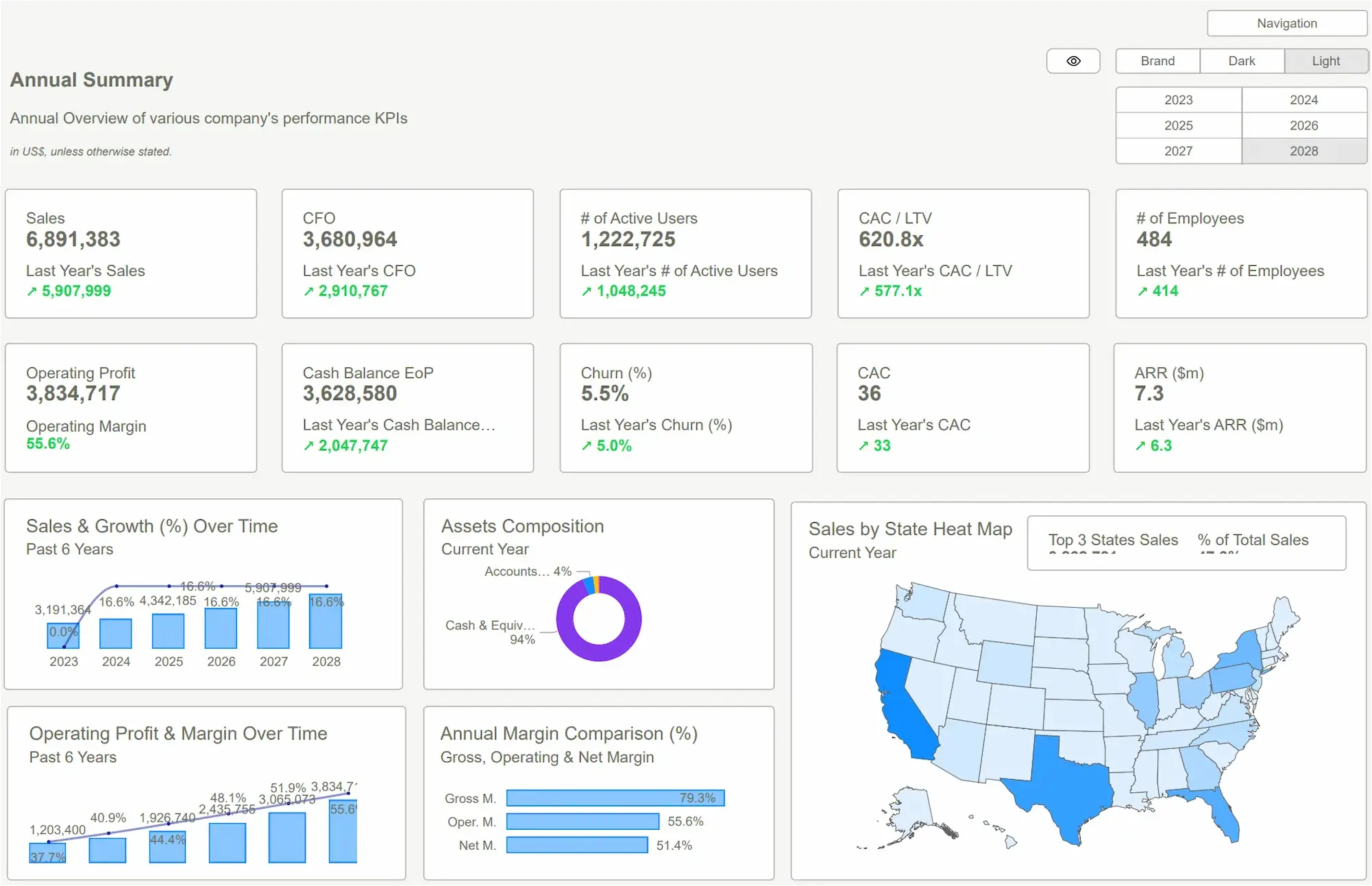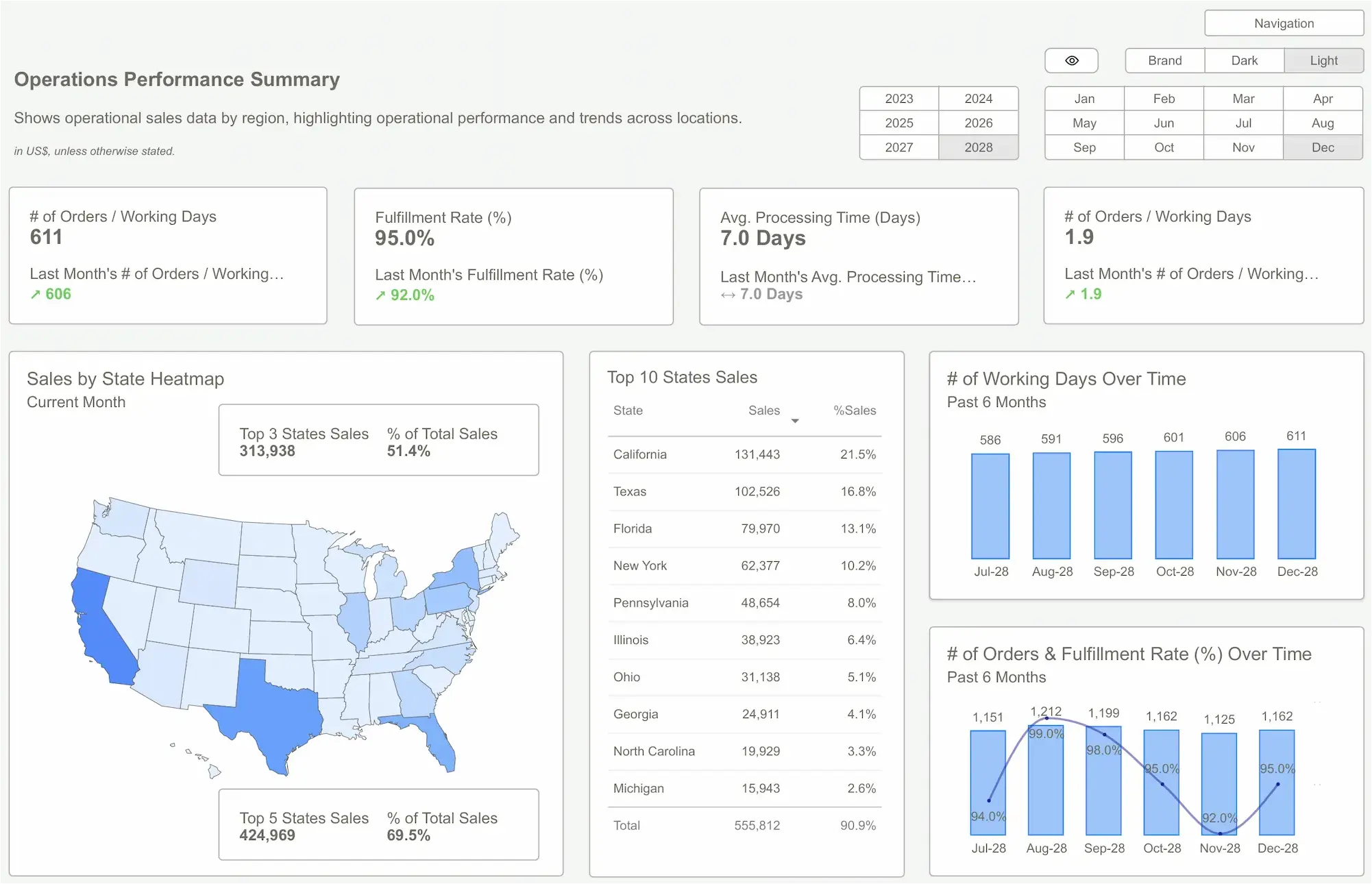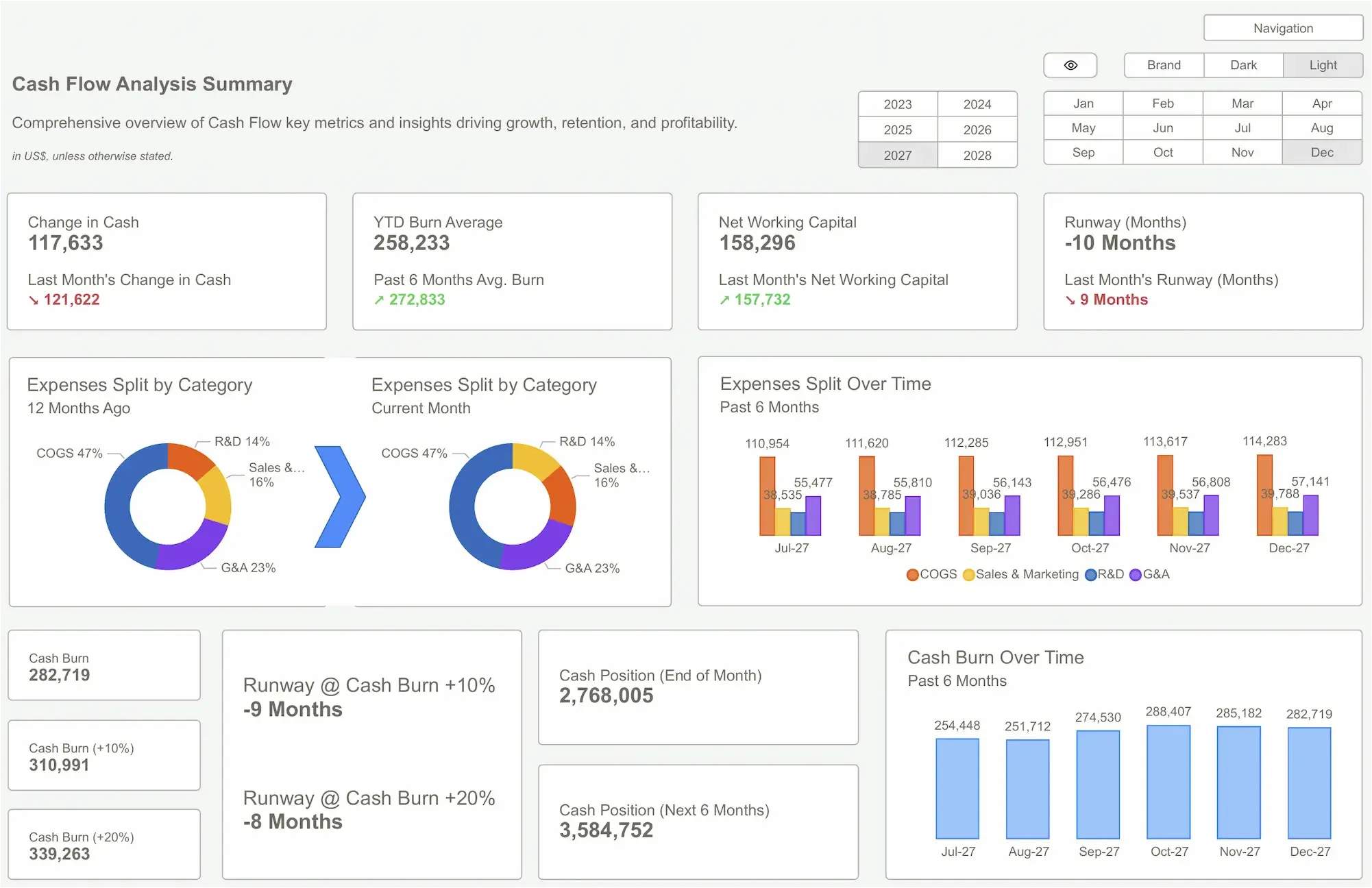Your P&L says you’re profitable, but your bank account is shrinking. Your dashboard shows healthy unit economics, yet your cash runway feels shorter every month. Sound familiar?
This is the quiet panic of a smart operator who suspects something is wrong but can’t prove it.
The common misconception is that "clean books" mean an efficient business. You trust your finance lead, your books are reconciled, and your tax filings are on time. You assume you have control. You don’t. The most dangerous costs aren’t the ones you track; they’re the ones you don’t even know exist.
They live in the cracks between systems, in the gap between an invoice and the actual service delivered, and in the assumptions baked into your financial model. They are the zombie subscriptions, the duplicate vendor payments, and the misclassified expenses that slowly bleed you dry.
This isn't about shoddy bookkeeping. It’s about operational reality versus financial reporting. This is a breakdown of what a real Forensic Accounting review actually finds.
The Anatomy of a Slow Bleed
Founders love to blame burn on big, obvious costs—headcount, marketing campaigns, R&D. The real culprit is often a thousand tiny cuts. Your controller and your dashboard aren’t designed to find them.
Why? Because traditional accounting is about compliance and categorization, not investigation. It asks, “Where does this receipt go?” not “Why does this receipt exist?” A dashboard is even worse; it’s a beautifully designed rearview mirror showing you exactly what you told it to show you. Garbage in, gospel out.
This reliance on process over scrutiny creates predictable blind spots. The slow bleed shows up as:
- SaaS Sprawl & Zombie Users: You’re paying for 100 seats of a tool, but only 60 employees use it. The other 40 belong to people who left months ago. You have three different tools that do the same thing because the marketing, sales, and product teams never talk to each other.
- Vendor Creep: That contractor who quietly increased their retainer by 15% three months ago? No one caught it. That vendor who double-billed you in February and August? Both invoices were paid without question because the amounts were plausible.
- Strategic Miscategorization: A $50,000 one-time software integration cost gets coded under “General & Administrative” instead of being properly capitalized or isolated as a non-recurring expense. Now, your core operating margin looks permanently worse than it is, distorting every strategic decision you make about pricing and hiring.
These aren't errors an audit will flag. An audit confirms you followed the rules. It won’t tell you if the rules are sinking your business.
 Forensic Accounting
Forensic AccountingFrom Bookkeeping to Financial Investigation
The default mindset for most executives is passive. You receive a report, you check the top line, you move on. You trust the process. This has to change.
You need to shift from bookkeeping to financial investigation.
The Bookkeeper’s Mindset:
- “Is this invoice coded correctly in QuickBooks?”
- “Does our P&L match the bank statements?”
- “Are we compliant with GAAP?”
The Investigator’s Mindset:
- “Did we actually receive the full value for this invoice? Prove it.”
- “Why did our cloud spend jump 20% this month when we didn’t launch anything new?”
- “Who approved this recurring software license, and can they demonstrate its ROI?”
This is the essence of Forensic Accounting. It’s not a tool reserved for dramatic lawsuits or embezzlement cases. It’s a disciplined, skeptical methodology for finding the truth behind the numbers. It connects financial data to operational events.
A clean financial statement tells you your story is plausible. A forensic review tells you if your story is real. This process isn't just about plugging leaks; it's about building a foundation of truth. Without it, your financial planning and analysis is a work of fiction. A rigorous FP&A model is only as good as the data it’s built on. If the inputs are contaminated with waste and misclassifications, your projections are worthless.
 Why Data Strategy Comes Before AI Strategy
Why Data Strategy Comes Before AI StrategyWhat a Forensic Review Actually Finds
Clarity isn’t an abstract concept. It’s a number. It’s finding a quarter-million dollars in recoverable cash and annualized savings that you can redeploy into growth.
Here’s what the “before and after” looks like in the real world. These are the patterns we find again and again.
Before: “Our travel and entertainment budget is about $20k a month. It’s a necessary cost.”
After: We trace the Amex statements. It turns out $4k a month is misclassified software subscriptions and another $2k is for recurring professional dues for ex-employees. The actual T&E is
14k,andyoujustfound∗∗14k,andyoujustfound∗∗72,000 in annualized savings**.
Before: “Our COGS are stable. We have a good handle on our gross margin.”
After: We analyze the vendor master file. A key materials supplier has been invoicing you based on list price, but your contract guarantees a 15% discount. No one in accounts payable knew to check. You’ve overpaid by $120,000 over 18 months. That’s pure margin, recovered.
Before: “We have to pay our cloud bill. It’s the cost of doing business.”
After: We link the AWS bill to specific projects and teams. We find orphaned instances and unattached storage volumes from a project that was killed six months ago, still running and costing you $8,000 a month.
This isn’t just about clawing back cash. It’s about earning strategic leverage. You walk into your next board meeting with a new level of confidence because you don’t just think you know the numbers—you know. You can make faster, bolder decisions because your financial foundation is solid rock, not quicksand.
 Accounting | Cube – Finance & Accounting AnalyticsFP&A
Accounting | Cube – Finance & Accounting AnalyticsFP&AConclusion
Your company isn’t a spreadsheet. It’s a complex, messy, human system. And where there is complexity, there is waste. It's not a moral failing; it's a law of organizational physics.
Standard financial reporting provides a map of your business. It’s clean, organized, and useful for navigating from point A to point B. But it won't show you the potholes, the washed-out bridges, or the dead ends.
That requires a different approach. A true Forensic Accounting engagement isn’t about looking for fraud, it’s about looking for reality. It’s about getting on the ground and checking if the map actually matches the territory you’re in. It provides the unflinching clarity you need to distinguish between necessary costs and silent drains on your runway.
You can continue to trust the map you were given. Or you can find out what’s really happening on the ground, before you run out of road. The question isn’t whether you’re leaking cash. It’s how much, and why you haven’t found it yet.
Start with a fast, low-risk diagnostic — we’ll show you where to look.Get Started >
Ready to Unlock The Full Power of Clarity?
Explore our engagement options and pick the plan that fits your workflow.




